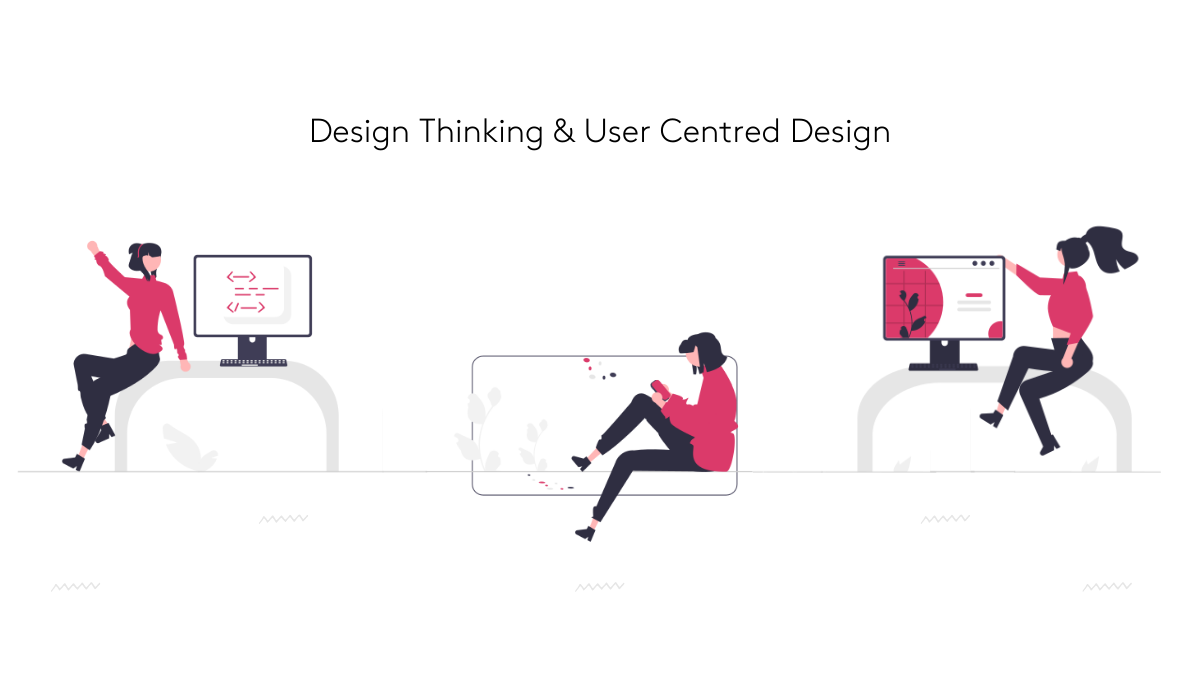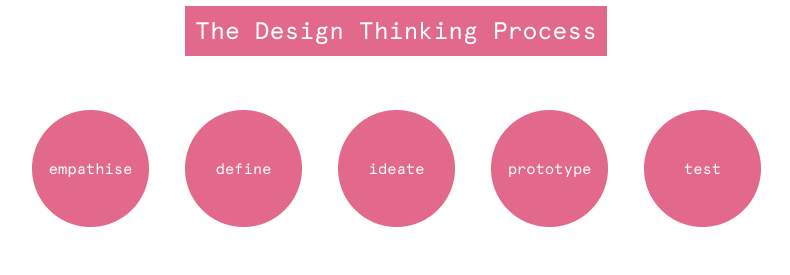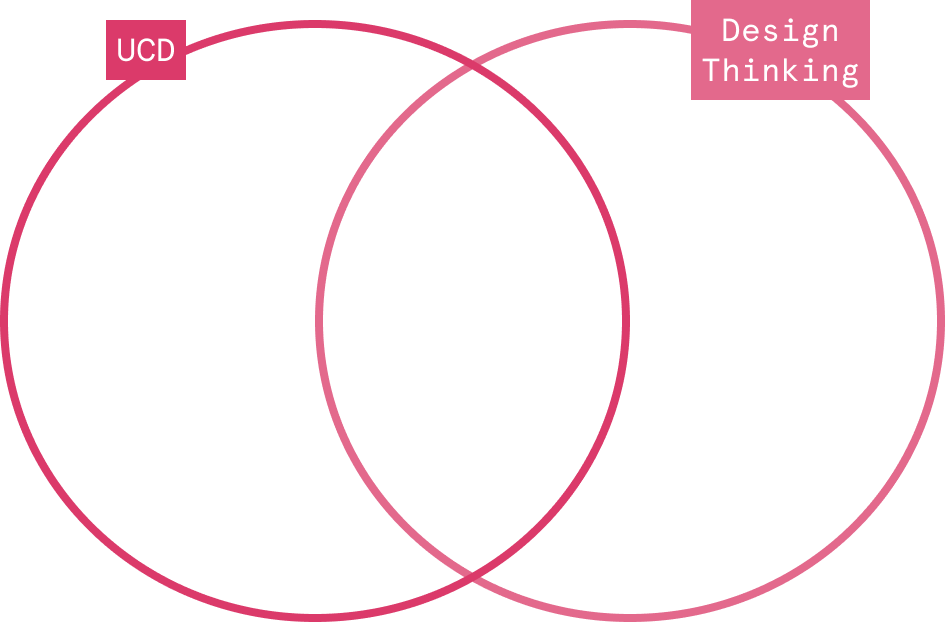Case Study
Crafting Excellence: Smeg’s Innovative approach to Customer Service
Learn how Smeg delivers excellent customer service by leveraging Oracle's Generative AI...
3 min read

Author: Georgina Livie
5 min read
Design Thinking and User Centred Design are two key methodologies with major advantages when applied with the goal of improving user experiences. While they share important characteristics, they are separate but complementary practices that can be used for solving problems and meeting user needs. We’ve put together a high-level summary of these two processes, highlighting their similarities and what differentiates them, plus how we weave each into the UX practice at Boxfusion so that the solutions we deliver meet our customers’ business needs while also having awareness of user needs, to create products which they actually want to use.
As the name suggests, User Centred Design (UCD)is a design methodology which puts user needs at the heart of the process, with the goal of creating products which make user lives easier. Central to the UCD process is using cycles of iteration to continually incorporate user feedback to create the best possible product for them.
There are a number of principles which are key to UCD, such as involving end-users as early as possible and at all stages of a project. The motivation is to get user input even when initial ideas are germinating since the earlier users are consulted the lower the risk of making large, expensive changes when a product is much nearer an expected completion.
There are a few core stages to the UCD process.

Design thinking on the other hand is a non-linear, iterative process designed to solve especially complex problems in innovative ways. It does this through understanding users, challenging assumptions and focusing heavily on iteration and testing to solve these difficult problems.
The design thinking process has five steps.
Designers are free to follow these steps in an order which suits them, for example jumping from the empathise stage to creating a quick prototype if they think this might help with ideation.

Design Thinking is often applied to product design with a focus on end-users, but can equally be used to find solutions to improve organisational processes on a larger scale, or even applied to ‘wicked’ problems like climate change. At the same time, it aims to find solutions which are technically feasible, desirable to users, and viable (cost-effective to the business).
User Centred Design and Design Thinking are similar in many ways, while having some core differences. They share some process steps and a general mindset, each placing an emphasis on empathy, problem-solving, iteration and collaboration. This collaboration is between users, business executives, designers, developers and more, bringing together diverse perspectives to build more robust, considered solutions.
However, what differentiates Design Thinking is its application to complex or ‘wicked’ problems, and its greater focus on feasibility, desirability and viability for the business. By contrast, UCD is focused primarily on addressing user needs and wants.

At Boxfusion, we believe that products which enable and excite users are vastly more successful, with greater user adoption and streamlined user journeys providing immediate benefits. Central to our UX practice is how we incorporate elements of Design Thinking and UCD into our work to deliver outstanding customer experiences and business outcomes.
This means that…
These are just a few examples of how we put Design Thinking and User Centred Design to work at Boxfusion.
Want more information on UX at Boxfusion?
Learn how Smeg delivers excellent customer service by leveraging Oracle's Generative AI...
3 min read
Enterprise UX Series-2nd Edition
1 min read
Enterprise UX Series-1st Edition
2 min read